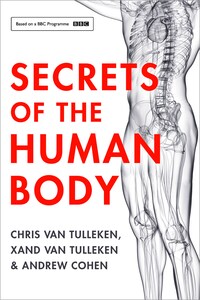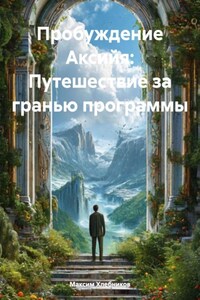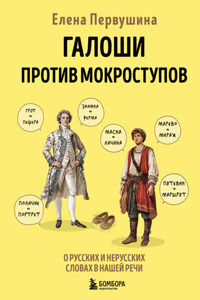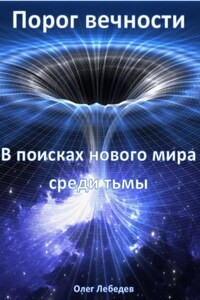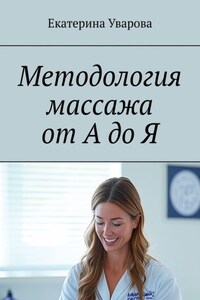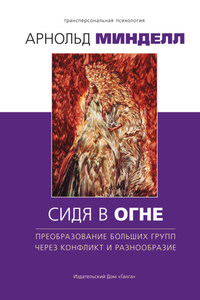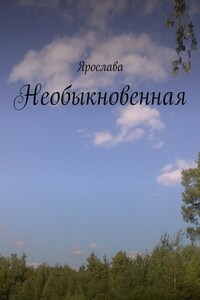COPYRIGHT
William Collins
An imprint of HarperCollinsPublishers 1 London Bridge Street London SE1 9GF WilliamCollinsBooks.com
This eBook first published in Great Britain by William Collins in 2017, 2018
Text © Andrew Cohen, Chris van Tulleken and Xand van Tulleken 2017
By arrangement with the BBC.
The BBC logo is a trademark of the British Broadcasting Corporation and is used under licence.
BBC logo © BBC 1996
The authors assert their moral right to be identified as the authors of this work.
Cover photograph © Sciepro/Science Photo Library
All rights reserved under International and Pan-American Copyright Conventions. By payment of the required fees, you have been granted the non-exclusive, non-transferable right to access and read the text of this e-book on-screen. No part of this text may be reproduced, transmitted, down-loaded, decompiled, reverse engineered, or stored in or introduced into any information storage and retrieval system, in any form or by any means, whether electronic or mechanical, now known or hereinafter invented, without the express written permission of HarperCollins.
Source ISBN: 9780008256562
Ebook Edition © May 2018 ISBN: 9780008256555
Version: 2018-05-02
Praise for Chris and Xand van Tulleken:
‘The van Tullekens are the pin-up doctors at the forefront of HIV research, medicine in war zones and the Ebola epidemic. They’re so warm and likeable that they’ve made roughly 20 TV shows between them in the past ten years. Proving that smart is indeed the new sexy, both van Tullekens are highly qualified doctors researching and treating infectious diseases, while their shows tend to involve hair-raising, death-defying or body-hacking challenges – all carried off with inexhaustible good humour in the name of science. Indeed, their bucket list is as short as Chris’ stubble: to date they’ve trekked to the North Pole, shoved spikes through their tongues and even won a BAFTA.’
Evening Standard
To Kit and Anthony. For both the nature and the nurture. To Dinah. For the chromosomes and the hard yards you’ve put in with me and with Lyra. To Lyra and Julian – From your Dads and your Uncle Dads. Xand and Chris van Tulleken
For my Mum and Dad, Barbara and the very much missed Geof Cohen. I couldn’t have asked for more loving parents to help me grow, learn and survive. Andrew Cohen
CONTENTS
COVER
TITLE PAGE
COPYRIGHT
PRAISE
DEDICATION
INTRODUCTION: SECRETS
GROW
LEARN
SURVIVE
FUTURE
PICTURE SECTION
INDEX
ACKNOWLEDGEMENTS
ABOUT THE AUTHOR
ABOUT THE PUBLISHER
INTRODUCTION: SECRETS
The human body is in the business of keeping secrets. This was never more apparent to me than in the dissection room in my first year at medical school. The cohort of students was divided up into groups of six and we each had our own cadaver, the euphemism used for dead human body. Looking back, there was a great deal of secrecy about the whole endeavour: we were not allowed to know our bodies’ names or their life story (though peculiarly we were later allowed to attend their funeral if we wished). We were not allowed to take photographs. Only medical students and staff were allowed into the room, no backstage tours for curious friends. We were meant to be respectful, which generally we were, although the atmosphere was cheerful. We were not really exploring uncharted territory, after all there isn’t much anatomy left to be discovered, at least not any that I was likely to find with my scalpel and forceps. We were more like a little gang of tourists trying to get to know a new town with the help of a guide book and tour guide, in the form of our instructor Professor Hall-Craggs. And yet we were uncovering secrets: we had views of our cadavers that few people had ever seen before. How many people in your lifetime will see you stark naked? Ten? Maybe twenty? OK, maybe more depending on your job and physique, but most of us keep most of our physical bodies concealed most of the time. For many of us it was our first experience with the intimacy with which we would later have to examine living bodies (I can really only speak for myself, not my classmates, but I had seen very few naked people at age 18). And how many people have seen the inside of your body, with its various anatomical irregularities? Probably none? Perhaps a surgeon? When cutting open a body, whether alive or dead, you get a sense of seeing into a place that no one has seen before, of being privy to a secret.
My group found that our cadaver’s false teeth had been left in and that they had a name engraved on them, I suppose to avoid mix-ups, which must be a concern when surrounded by older contemporaries later in life. It was a shock to think what else we didn’t know about this previously anonymous man. Likewise finding his tattoos. Reminders of the secrets that were kept from us.
We got used to the smell (of chemicals, particularly formalin – not rot or decay) and to the cold slippery texture of the bodies like kelp on a beach in winter. We also got used to the squeamishness that I think we all felt with the gristle and stomach contents and vast quantities of congealed fat. I remember Professor Hall-Craggs running his hands through his hair in exasperation at my continued failure to identify the various parts of the brachial plexus. He had been dissecting all morning and his hands were covered in bits of human, and so a large globule of human fat lodged in his hair, along with a decent amount of formalin and other small bits and pieces. I was amazed and impressed by his comfort with the material of these dead people who had so generously let us cut them up. I thought that my reluctance to really get stuck in and to leave the room at the end of each session with little parts of human in my hair probably accounted for much of my ignorance. I am sure I was right. You can’t be squeamish and be a good student of the human body.
